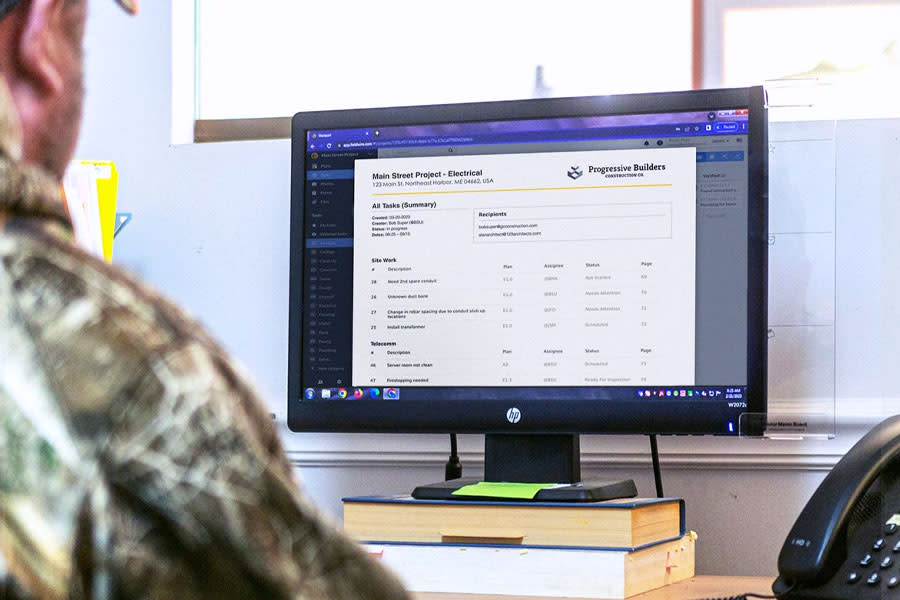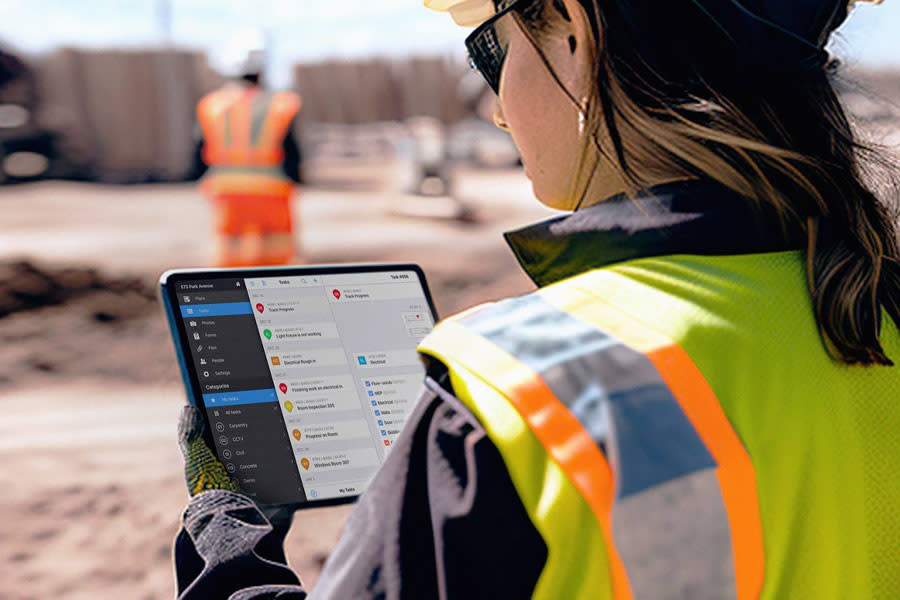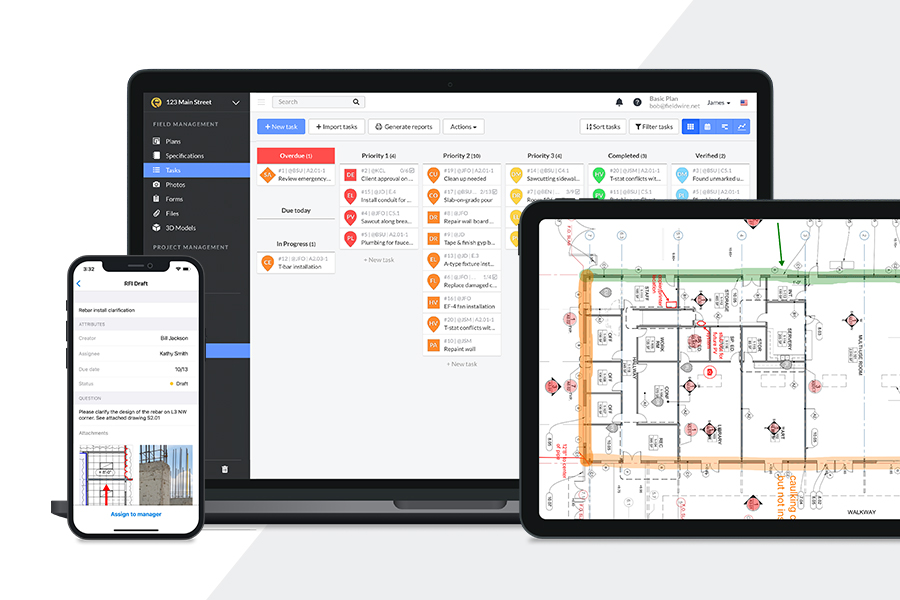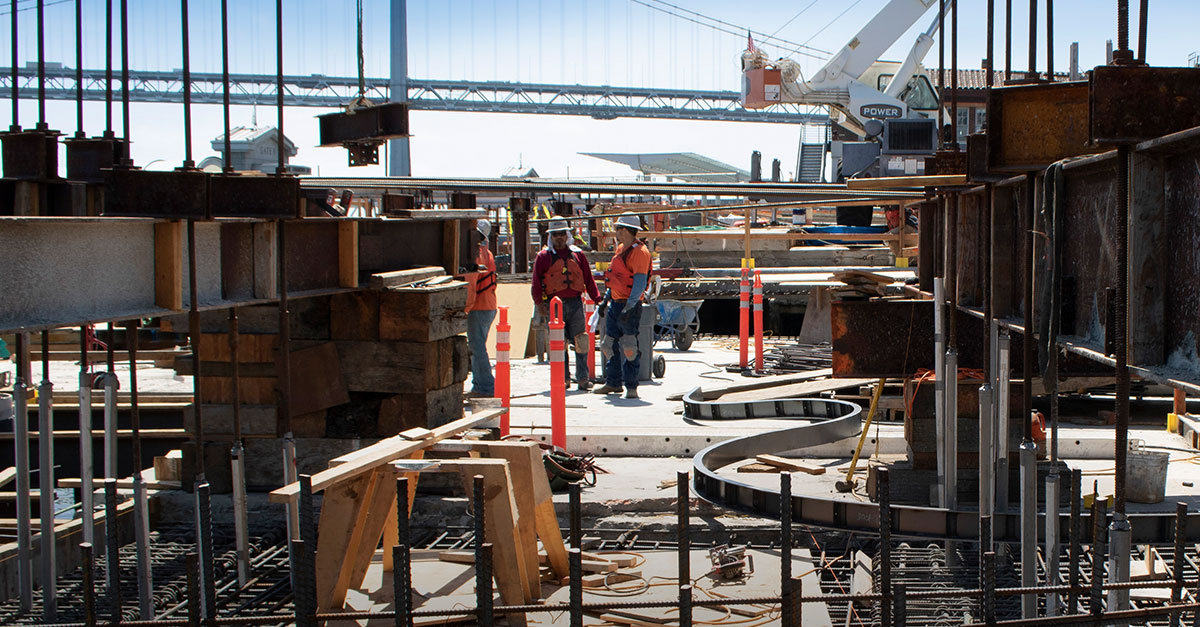How can construction professionals advocate for sustainable industry changes?

The need for sustainable building practices increases as environmental concerns mount. The construction industry substantially impacts the environment, with building processes and materials generating a high amount of global emissions. There are many ways to advocate for more sustainable practices, from reducing waste to promoting energy efficiency.
Embrace sustainable construction practices and spread awareness to build a greener, stronger future.
Understanding sustainable construction
Beyond meeting regulatory requirements, embracing sustainable practices is important for several reasons:
-
Environmental preservation: Construction activities impact the environment in many ways, including resource consumption, 37% of global carbon dioxide emissions and waste generation. However, projects can mitigate environmental impact and preserve natural resources by using eco-friendly materials and reducing their carbon footprint.
-
Reaching net zero by 2050: Through sustainable construction practices, like using energy-efficient technologies, construction companies play a vital role in mitigating the effects of climate change and achieving net zero emissions by 2050.
-
Cost savings: The long-term benefits of implementing sustainable practices far outweigh their upfront investment. Eco-friendly buildings are more energy efficient, leading to lower utility bills and reduced operational costs in the long run.
-
Enhanced reputation: Consumers are becoming more conscious of environmental concerns and are more likely to support sustainable businesses. Implementing eco-friendly practices in your projects enhances your company's reputation, attracts new clients and gives you a competitive advantage.
Challenges in implementing sustainability
Implementing sustainable practices can come with some challenges for construction companies, such as:
-
Initial cost implications: Many construction companies are concerned about the perception of higher costs associated with sustainability. While some eco-friendly materials and technologies can cost more upfront, the long-term benefits often outweigh the initial investment. Energy savings and operational efficiency can lead to more significant savings in the long run. Overcoming this challenge involves shifting the mindset toward sustainability as an investment rather than an expense.
-
Lack of awareness and education: Many construction professionals might not have the knowledge or training on sustainable practices. A lack of understanding can lead to resistance to change and reluctance to adopt new methods. Embracing educational programs and training can increase awareness about the benefits and practicality of sustainable practices.
-
Resistance to change: Introducing sustainable practices often requires a shift in traditional construction methods and workflows, which can face resistance from stakeholders accustomed to the old approaches. Overcoming resistance involves communication, engagement and demonstrating the tangible benefits of sustainability in terms of cost savings, market competitiveness and environmental preservation.
How construction professionals can advocate for sustainability
Several strategies can help you advocate for sustainable construction practices, drive positive change, improve project outcomes and contribute to a greener world.
1. Provide education and training
Raise awareness about sustainability by providing education and training programs for construction professionals and stakeholders. Seminars and certification programs can help build expertise in sustainable building methods, technologies and materials. Hands-on workshops allow participants to get firsthand experience implementing eco-friendly techniques, such as constructing green roofs or installing renewable energy systems.
You might also invite guest speakers and industry experts to share their insights and best practices with trainees. Learning from real-life examples and success stories can inspire participants and offer valuable insights into sustainable construction trends and tips. This can help overcome implementation challenges.
2. Learn sustainable design and construction techniques
Green construction relies on efficient design and construction methods. Energy-efficient design principles, such as natural lighting and passive heating and cooling, can significantly reduce power consumption and operating expenses.
For example, you’ll want to calculate metrics like U-value, which measures the rate of nonsolar heat transfer into a home, and Solar Heat Gain Coefficient (SHGC), which quantifies the amount of solar heat that enters a building. The U-factor rating is measured between 0.20 and 1.20, while the SHGC rating is measured between 0 and 1. Integrating these ratings into the initial design process lets you address thermal efficiency to reduce energy consumption and improve a building’s overall comfort and sustainability.
When choosing materials for projects, opt for durable and recyclable materials to minimize waste. Sustainable building materials include rubber, stone, cob, bamboo, cork and adobe brick. For projects that require steel, ensure you know how much you’ll need to avoid waste and reduce the release of gases.
3. Leverage certifications and partnerships
The U.S. Green Building Council (USGBC) is a well-known advocate for green construction in the United States. The organization maintains standards to rate buildings' sustainability, including Leadership in Energy and Environmental Design (LEED). For this reason, many companies leverage green building standards and certificates to guide their sustainable design and construction decisions.
A green building certificate demonstrates your commitment to sustainability and sets you apart from competitors. Partnering with sustainability-focused organizations also gives you access to resources, best practices and networking opportunities to advocate for change.
4. Use new technologies
Construction professionals can also leverage new technologies to advocate for sustainability. The popularity of smart devices, such as thermostats that automatically lower temperatures when residents are away, can help lower energy usage. The technology keeps buildings at constant temperatures while making them more comfortable.
Project management software is another technology you can benefit from. It helps with scheduling and ordering building materials. It can also improve communication among your team members and reduce costly errors. Use it to predict material estimates more accurately and prevent waste.
Advanced technologies like augmented reality are also coming to the market. These help architects visualize their plans and see how everything will come together. They can create more effective blueprints that recognize environmental hazards and energy consumption. You might also implement technologies like wearables, construction robots or drones, which can assist in better sustainability and reduced waste.
5. Promote collaboration
Collaboration among project teams, contractors and subcontractors is critical to effectively implement sustainable practices. All stakeholders — including architects, engineers, contractors and clients — must collaborate and utilize solutions through open communication and goal-sharing.
Advocating for sustainable construction policies this way can also help you strengthen client relationships and drive positive change across the industry.
6. Monitor the progress of your initiatives
Implementing systems to track and evaluate your sustainable initiatives is essential to measure progress and identify areas of improvement. Data analytics can help you monitor their success. The technology provides easily digestible insights into your day-to-day operations, allowing you to allocate resources effectively and improve budgeting and estimating.
For instance, you might track key performance indicators related to waste reduction, energy efficiency, indoor air quality and water conservation to assess the impact of your efforts and continue driving positive change.
Advocate for sustainable construction
Construction professionals have the power to improve the industry and build a greener place to live. A few changes, whether through training and education, sustainable building practices or advanced technologies, can go a long way toward promoting a greener, safer world for all.

 Evelyn Long •
Evelyn Long • 



















